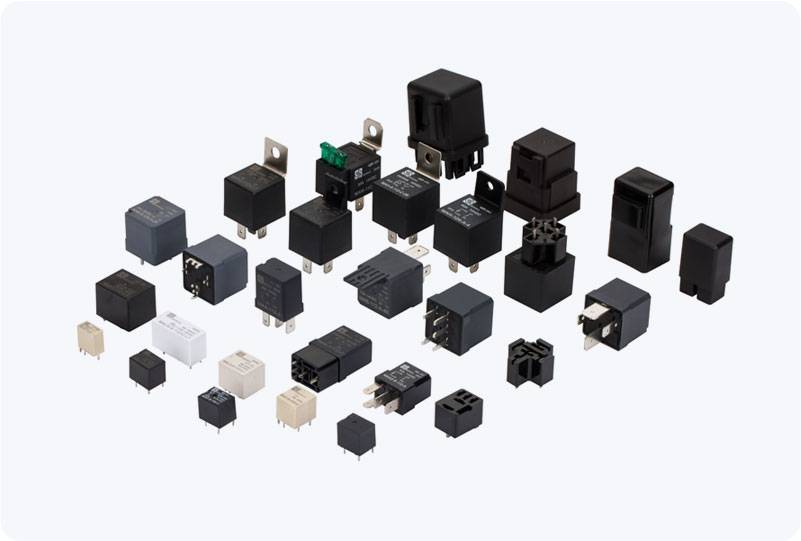A Time Delay Relay (TDR) is a specialized electrical component that plays a pivotal role in various industrial and electrical systems. By providing a time delay in the operation of a relay’s output, it ensures that devices or machinery only activate or deactivate after a predetermined period. This article delves into the working principle, types, and applications of Time Delay Relays, exploring their significance in automation, control systems, and more.

What is a Time Delay Relay? A Time Delay Relay is an electromechanical device designed to delay the action of a relay’s output for a specific time interval. The primary purpose of a TDR is to manage the time between when an input signal is received and when an output is triggered. This time delay function is vital in scenarios where operations should not happen instantaneously but need to be spaced out to avoid issues such as electrical overload, mechanical stress, or system instability. The TDR usually consists of a relay coil, contacts, and a timing mechanism. Upon receiving an input signal, the relay coil is energized, but the timing mechanism ensures that the output contacts (either NO or NC) do not immediately change position. Only after the preset delay time, the relay either closes or opens its contacts, triggering the desired action in the system.